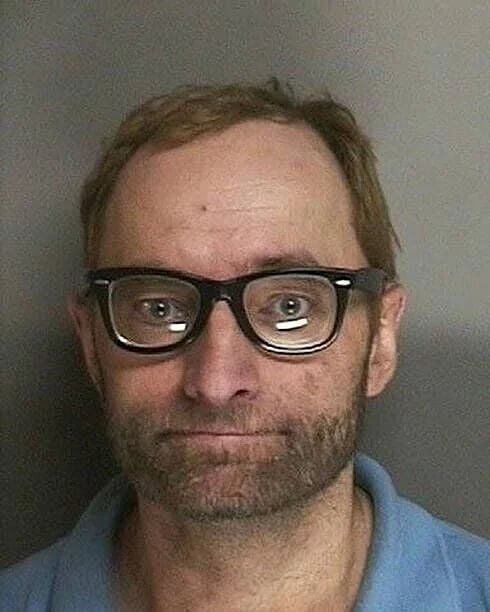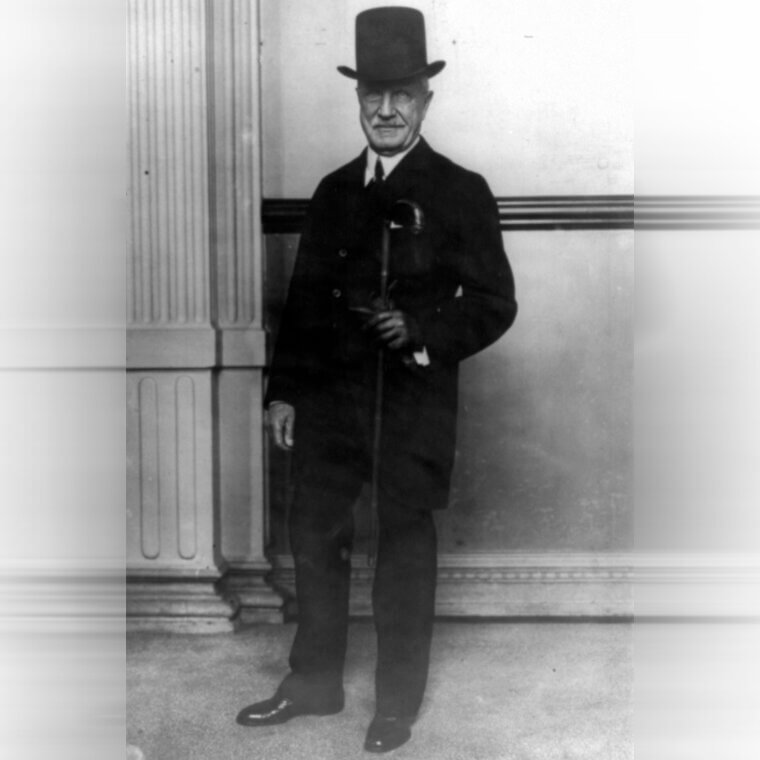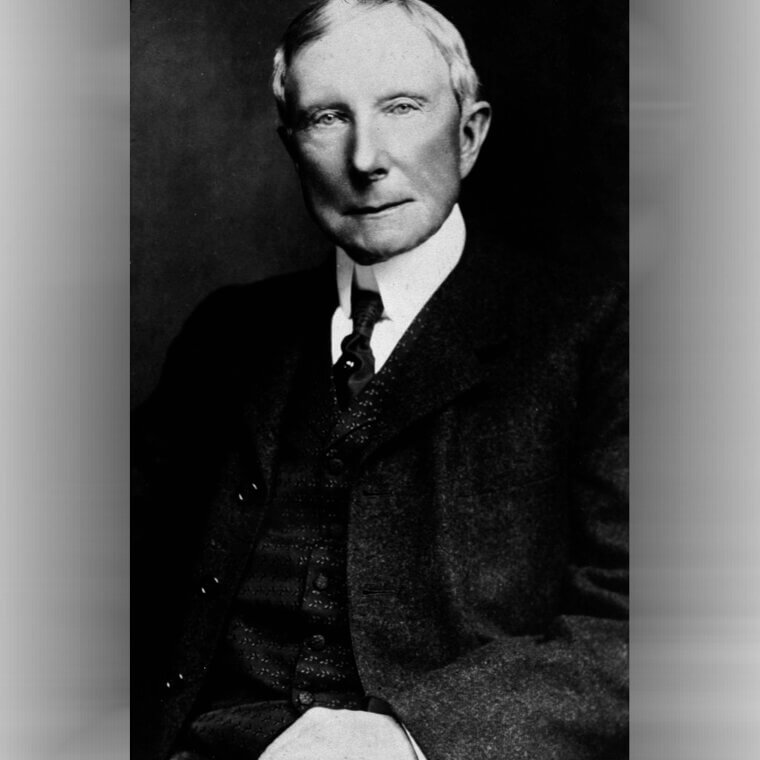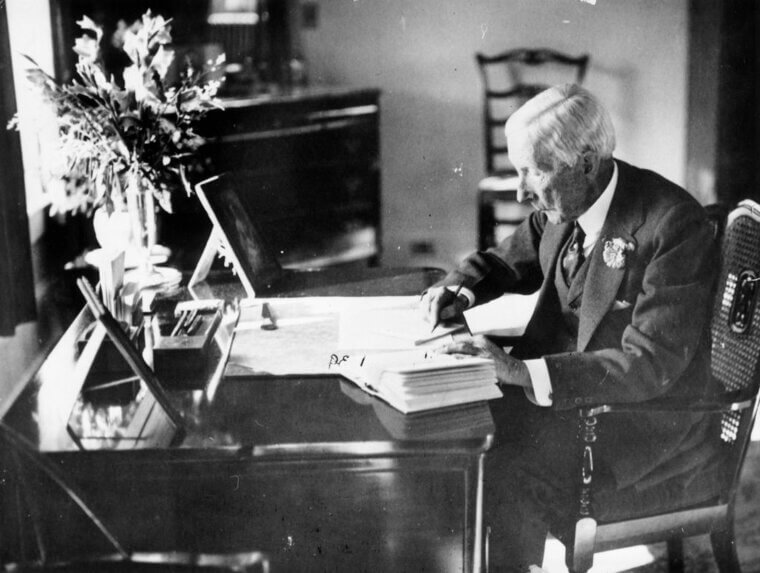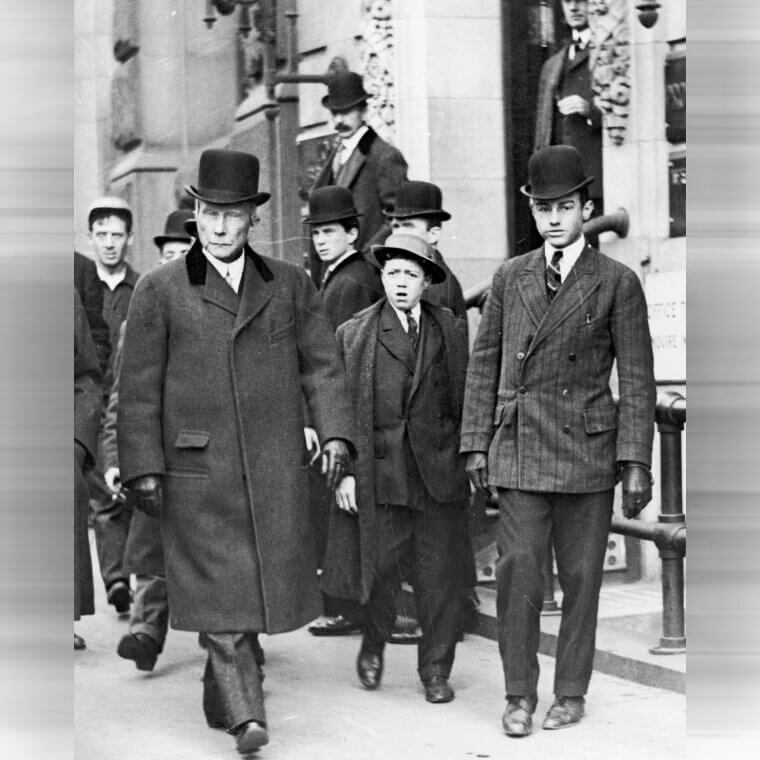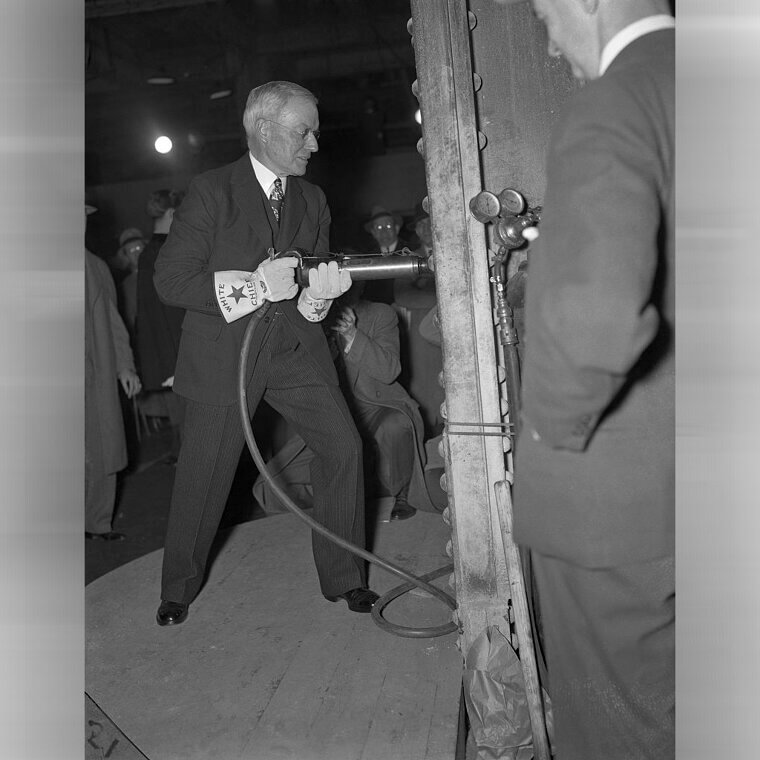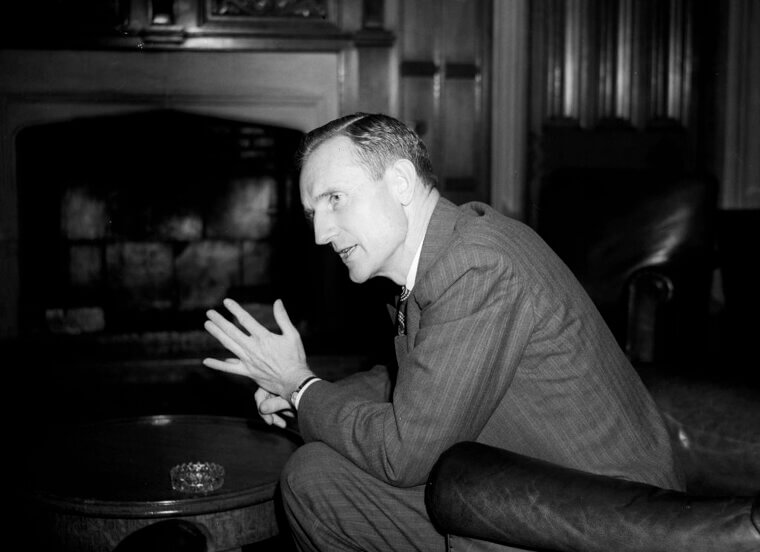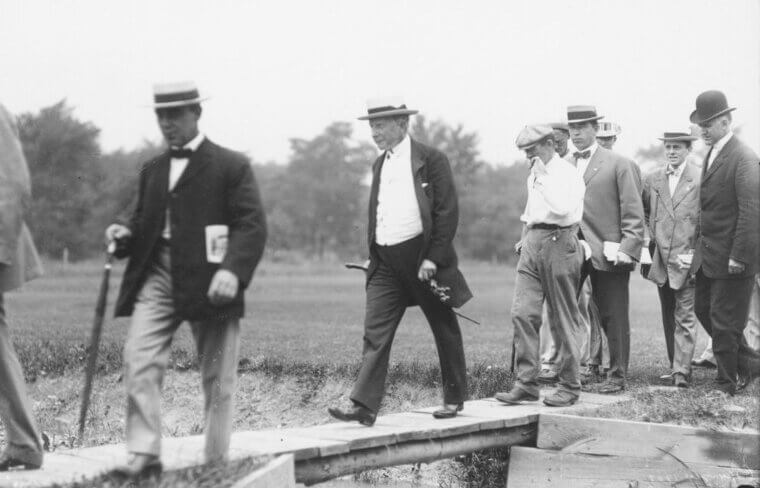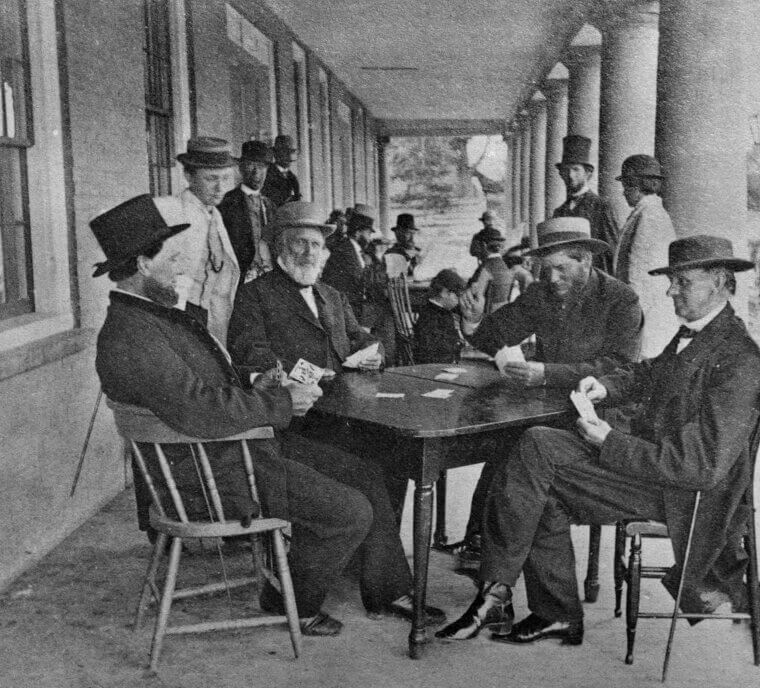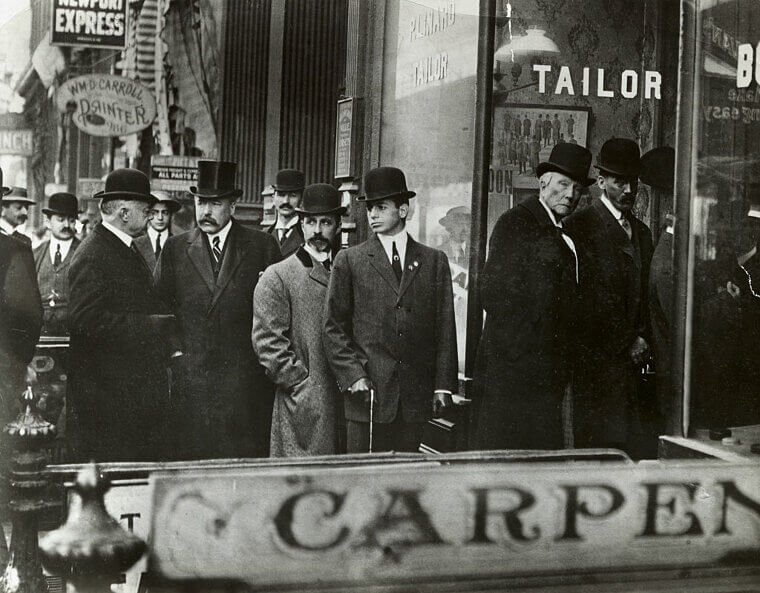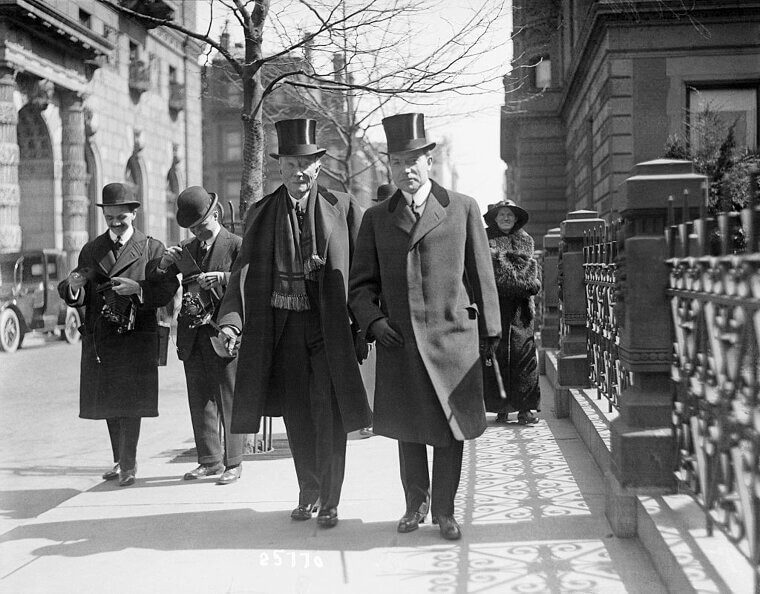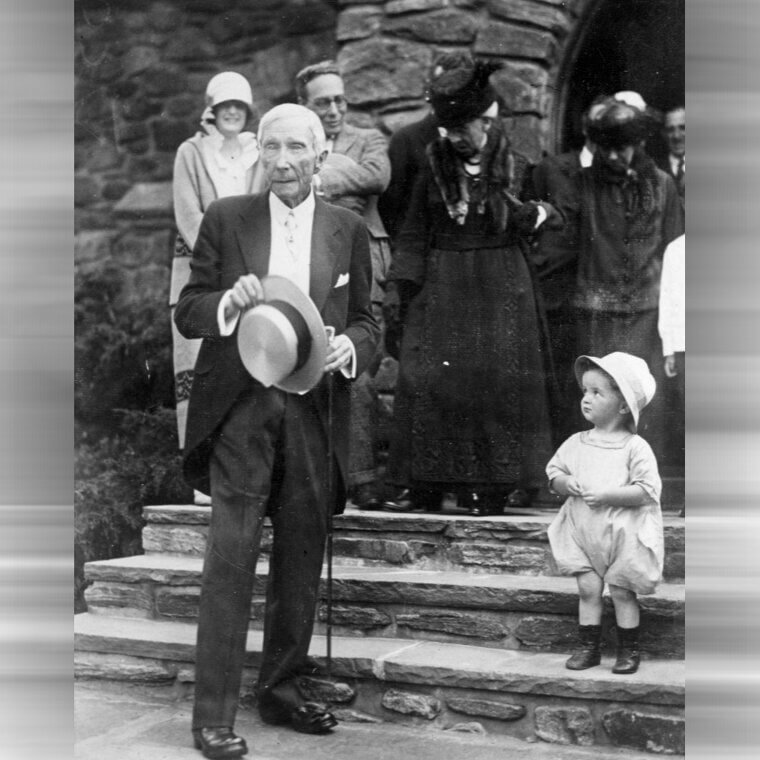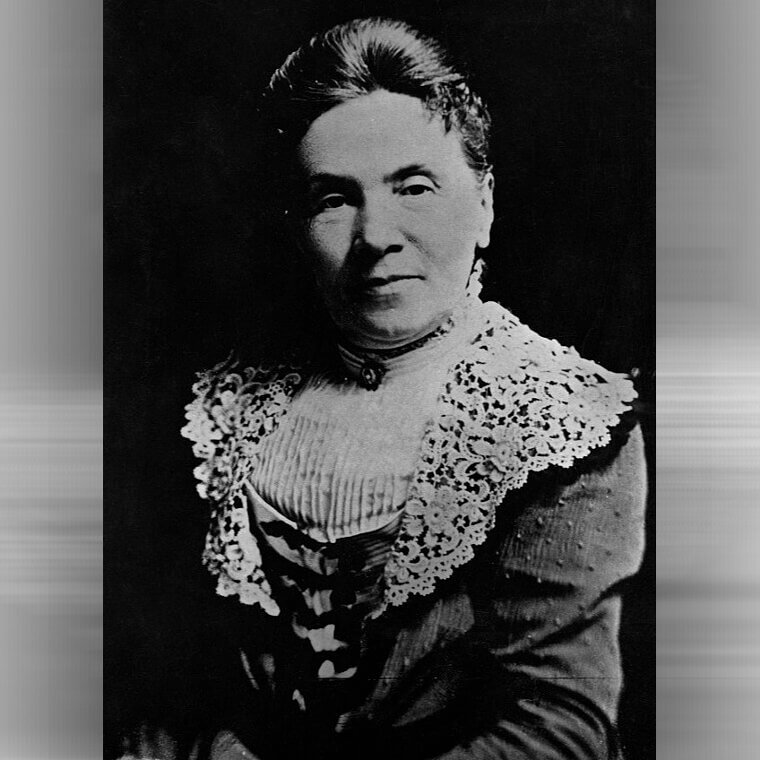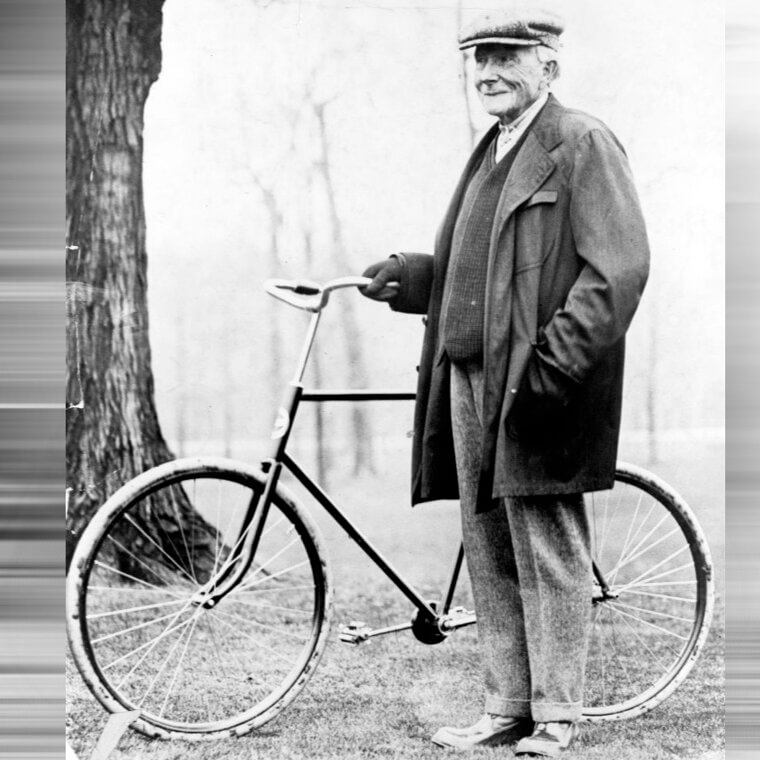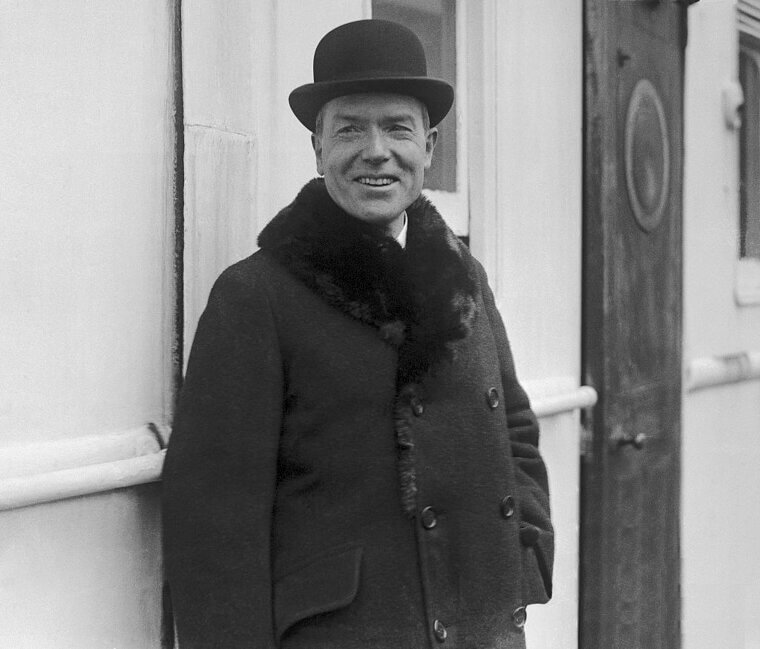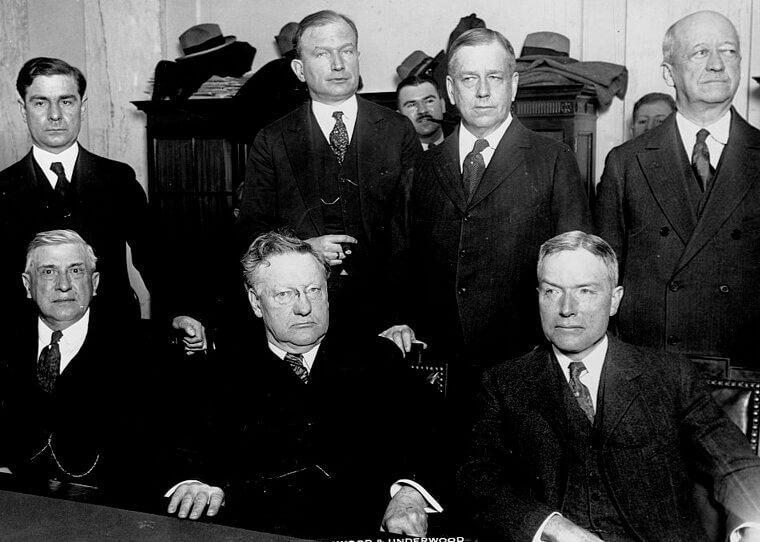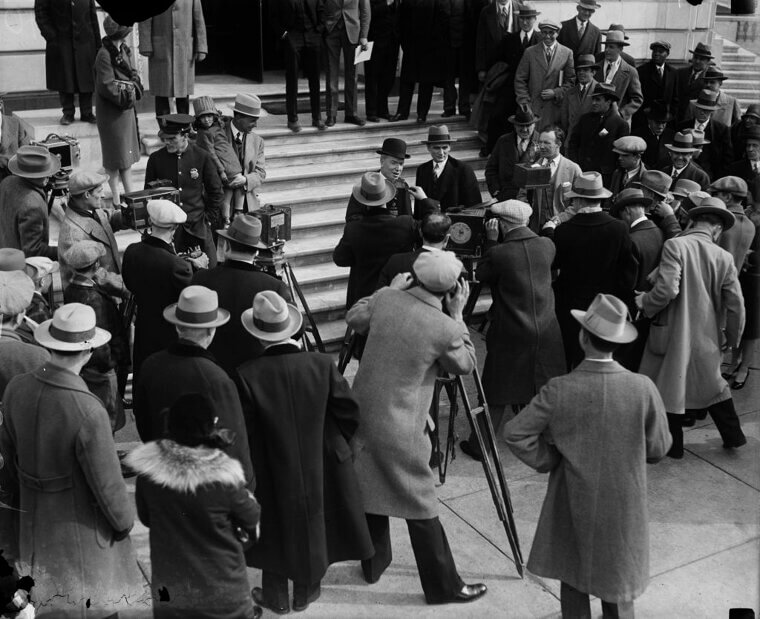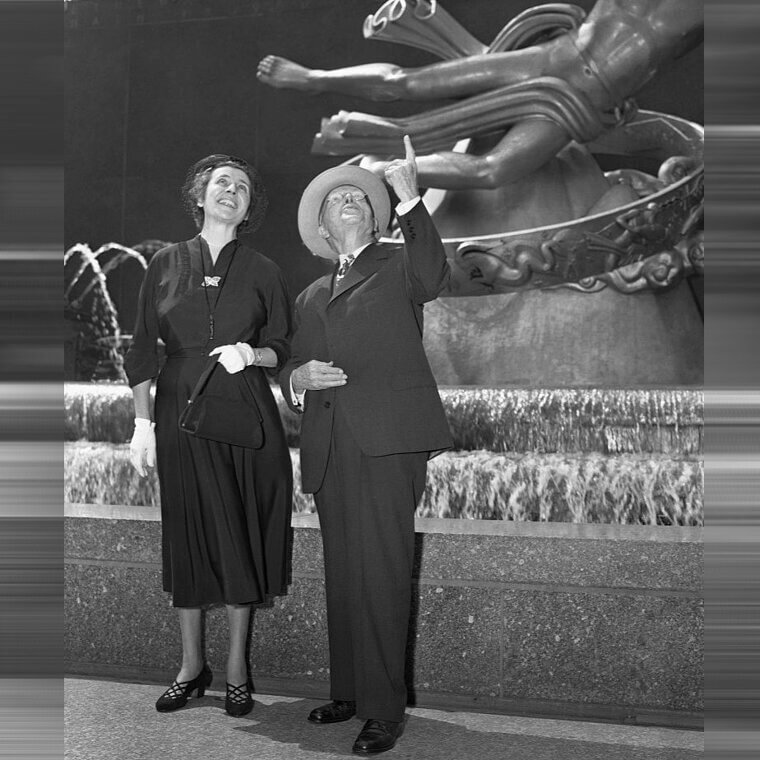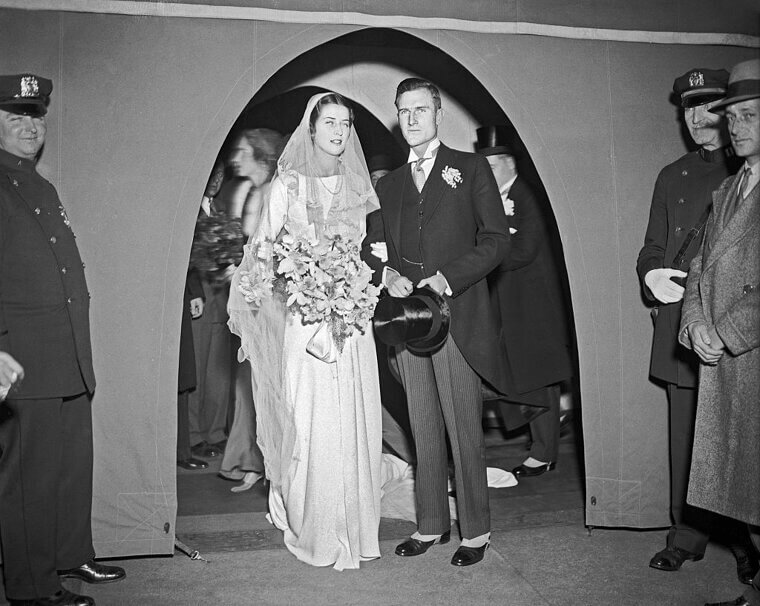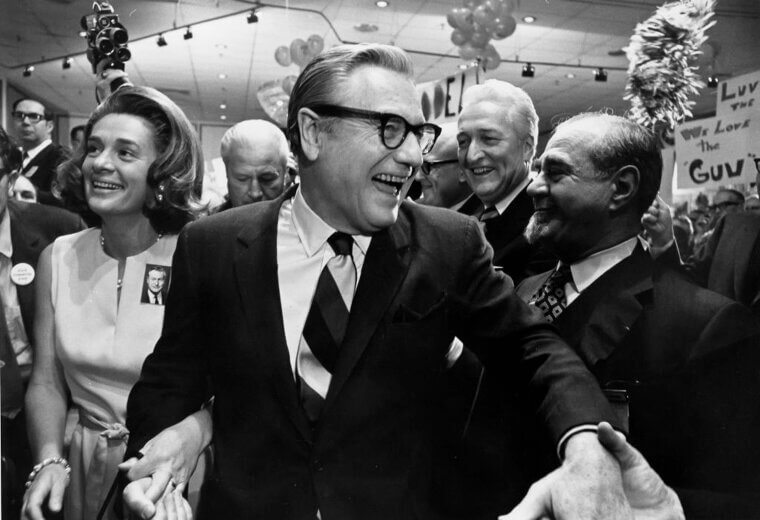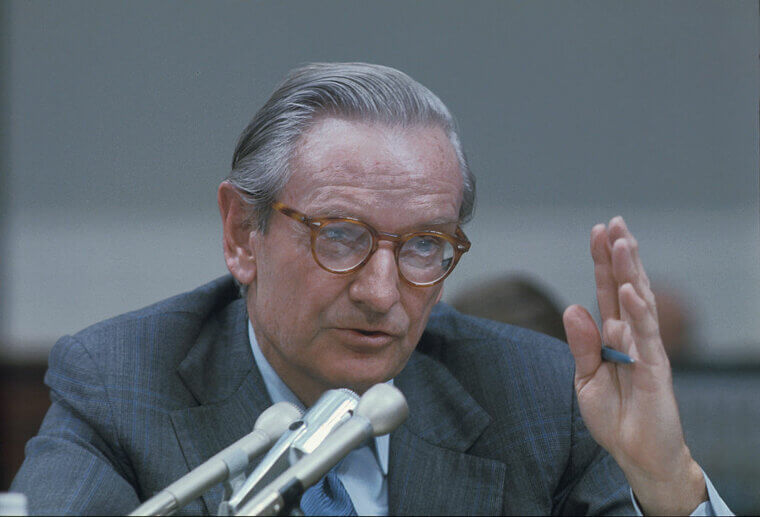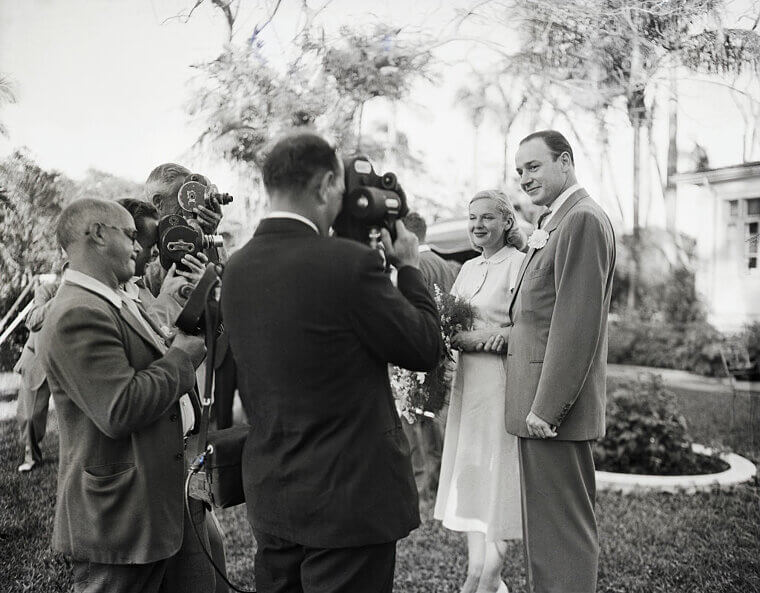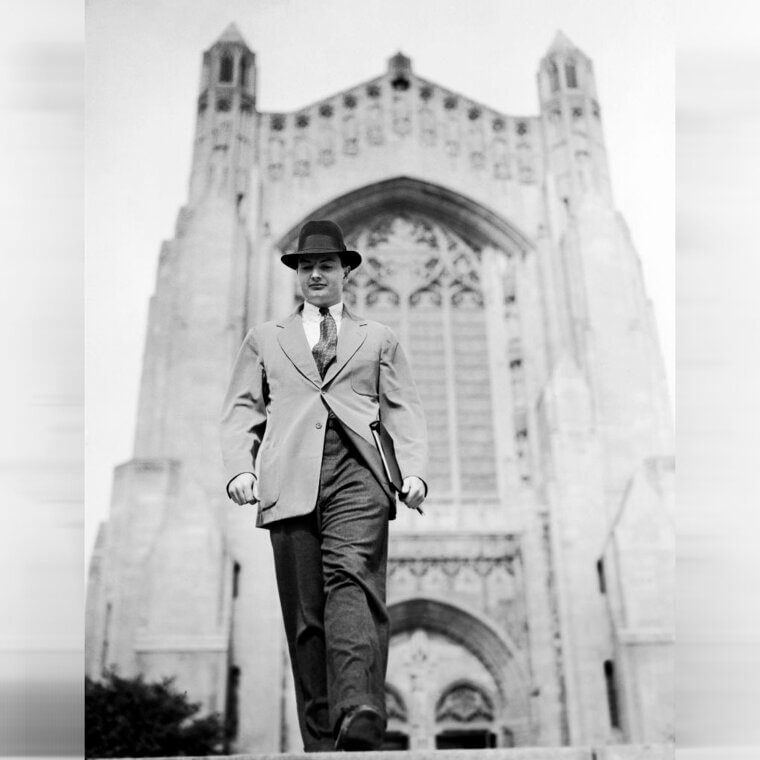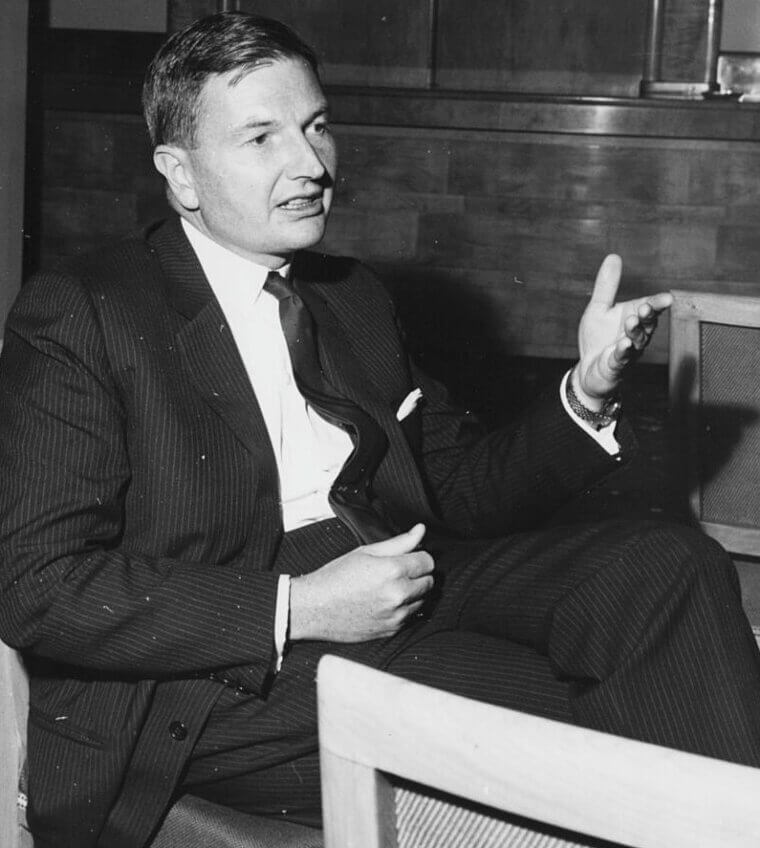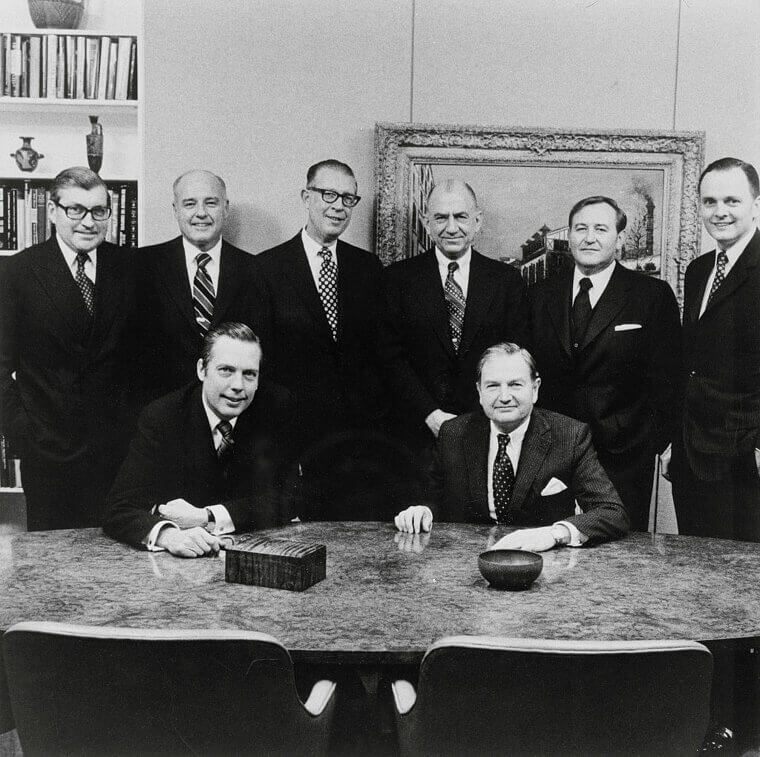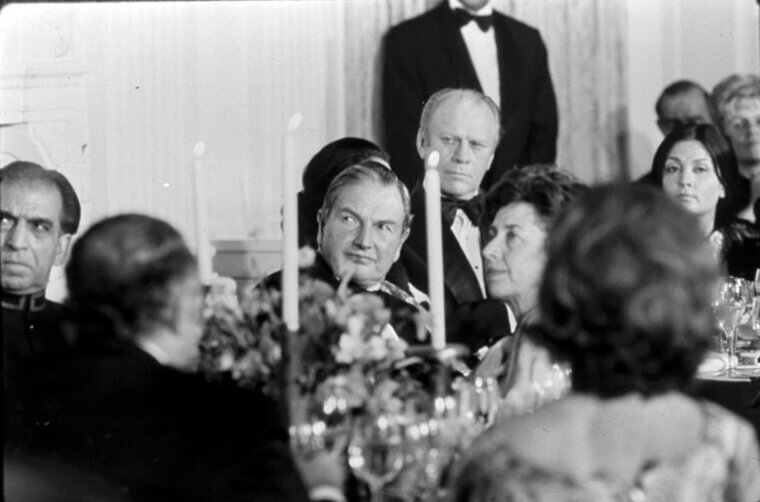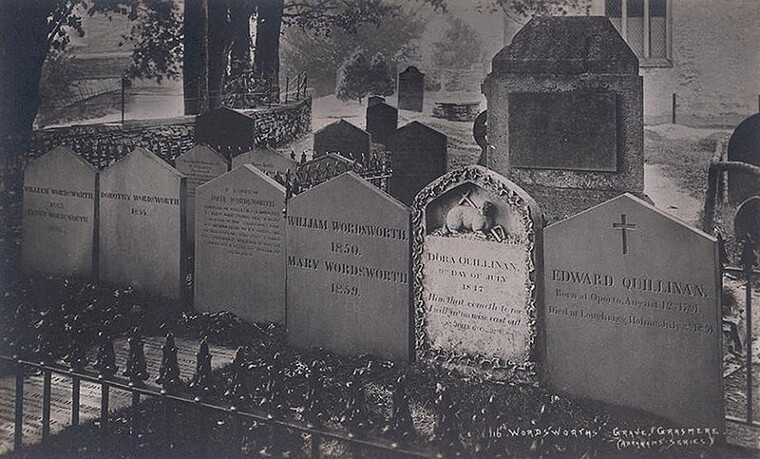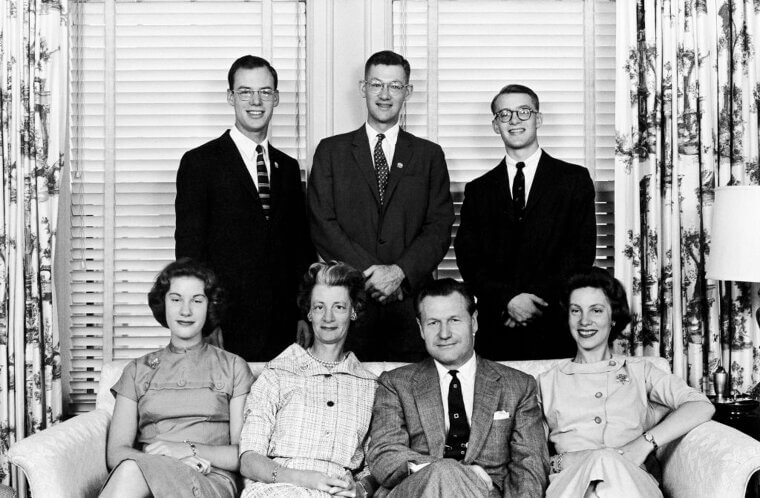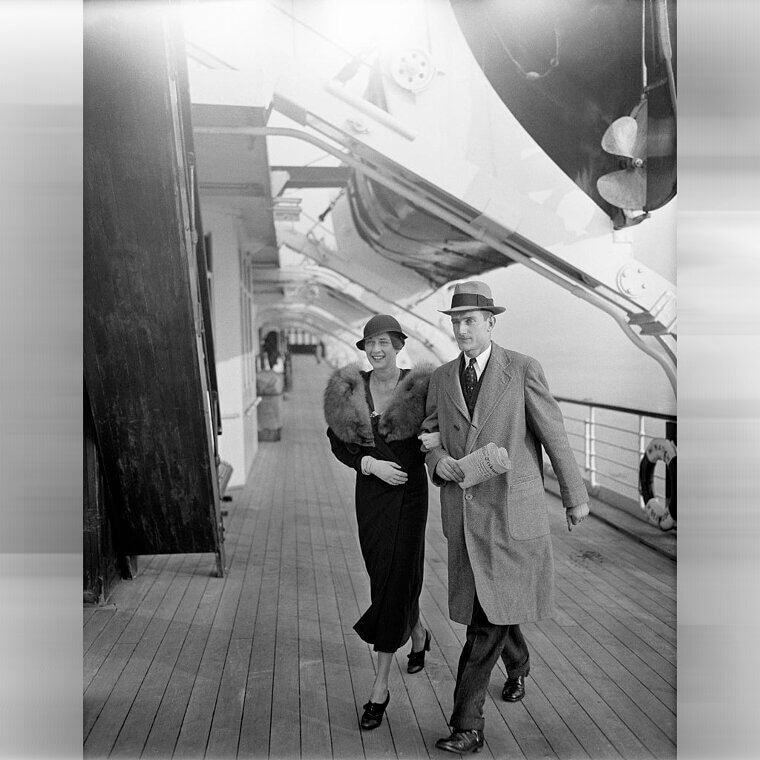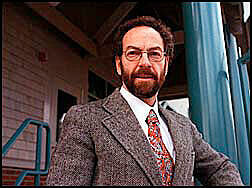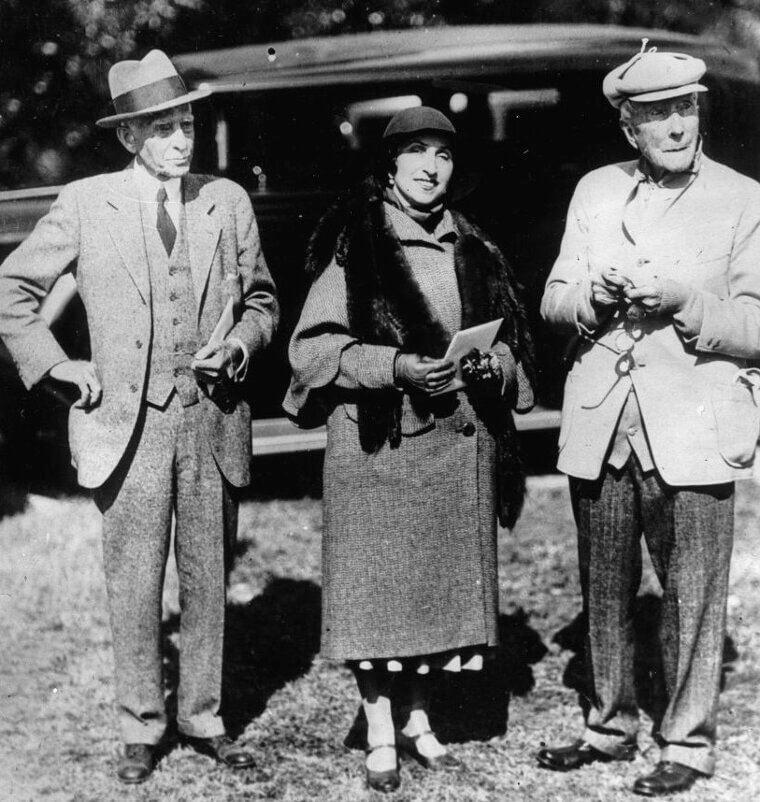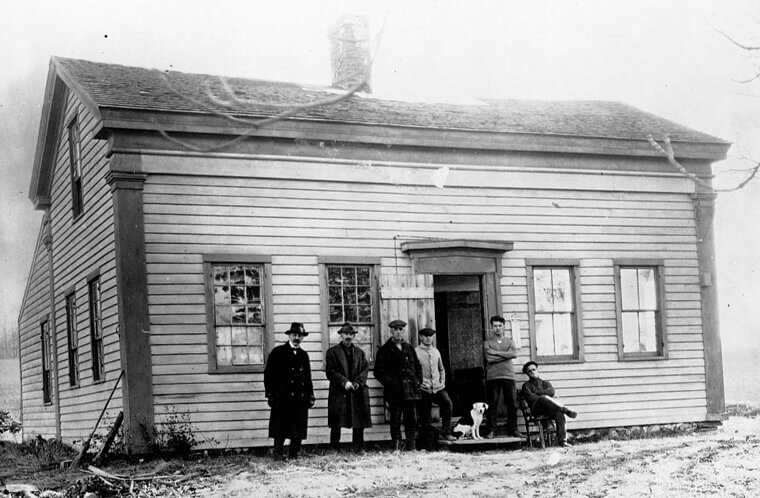Rockefeller Imposters
The Rockefeller family is by far one of the most famous and influential in American history. Any member of the family has certain privileges that everyday people simply do not have. For this reason, it isn’t really a surprise that Rockefeller impersonators exist. In fact, a German man by the name of Christian Gerhartsreiter successfully disguised himself as Clark Rockefeller and was welcomed into high society. He even married a socialite and was offered a number of high-paying jobs.
This plan came crashing down after a while when a different incident alerted him to the FBI. So, how did the imposter-worthy family's legacy come to be?
John D. Rockefeller’s Father
John D. Rockefeller was born to William A. Rockefeller, who was known for being incredibly savvy. However, his infamously dishonorable business practices earned him a poor reputation, which caused him and his family to struggle financially. William didn’t have an actual trade to rely on and spent most of his time as a traveling salesman. One day, William convinced his wife that they should hire a housekeeper. He would end up having an affair with her.
His mistress gave birth to two of his children, all while living under the same roof as his wife. Needless to say, William was not the most popular or respected man in town, which made life incredibly difficult for John growing up.
The Birth of a Billionaire
While living in Richford, New York, William’s wife gave birth to John Rockefeller on July 8th, 1839. John was the couple's second child, as their daughter Lucy had been born just a year earlier. However, William’s reputation was becoming increasingly problematic. Because of this, the couple decided to pack up and start a new life elsewhere. After years of moving from place to place, the family finally settled in Strongsville, Ohio, when John was 14 years old. He attended and graduated high school there, the first free public high school west of the Alleghenies, Central High School.
At last, John was able to start building a foundation for his own future. From a very young age, he knew that he wanted a different life from that of his father. More so, he wanted to be able to provide for his future children and wife.
Filled With Ambition
While he was still a teenager, John showed that he had great ambitions for the future. Even though he had a rather tumultuous upbringing and a father who could not hold down a job, he always wanted more for his own life. He began by selling fruit and vegetables on the side of the road before landing a job with Hewitt and Tuttle at the age of 16. Four years later, John had managed to save more than $2000. He then entered into a partnership with Maurice B. Clark, founding a company that sold grain, hay, and meat. Within the first year, he had made a profit of $ 450,000.
On top of this, he formed a produce business that mainly worked towards feeding the American soldiers who were fighting in the Civil War. This brought in an additional $ 250,000 yearly, quickly earning him millionaire status.
The Many Perks of Being Wealthy
During the Civil War, men were called up to serve their country by fighting for both the Union and Confederate Armies. However, John did not want to fight on the front line, which is why he exonerated himself by claiming that he was the sole provider for his family. The Union granted his exoneration. Feeling the need to help his country in some way, he decided to send money to the families of men who left home to join the army. Rockefeller even expressed remorse for not joining the fight while profiting off his commodities sold to the war.
The public wasn’t too impressed by the fact that he was able to avoid enrolling in the army, seemingly because of his name and wealth. However, John worked tirelessly to improve his public image by throwing money wherever he saw necessary.
In the Right Place, at the Right Time
As a result of the rapid rate of oil production in Pennsylvania, John decided to open an oil refinery in Pittsburgh in 1863. He was able to afford this after cashing out his shares in the produce partnership that he had been in since the age of 20. The oil boom led to his refinery becoming the largest in the region after just two years of being open. Using his profit, he officially began operations under the Standard Oil Company.
Over the years, the company's profit margin would grow exponentially, motivating Rockefeller to develop a takeover strategy. The Oil Company would go on to become his family legacy, earning him his fortune and solidifying his position in American history.
If You Can’t Beat Them, Join Them
Over the years, the Standard Oil Company expanded significantly. In fact, they controlled just about every major refinery in the Cleveland area. Rockefeller didn’t want to worry about the threat of competition, which is why he forged a partnership with railroad companies. On top of this, he began to purchase more oil terminals and pipelines. To prevent other companies from starting their own transportation systems, Rockefeller began purchasing as much land as possible in the Cleveland area.
This led to the Standard Oil Company tightening its grasp on the oil industry, as it had no competition whatsoever.
The Cleveland Massacre
John founded the Southern Improvement Company in order to alleviate the competitive rate wars that existed between the rail lines. More so, their goal was to evenly distribute the traffic between various railroads, subsequently limiting the amount of oil produced. However, this business backfired on John, as it ended up bringing unwanted attention from the government. Even though the company only lasted a year, John was still able to purchase 90% of the oil refineries in the Cleveland area.
This was a result of their lack of transportation. Years later, this move would become known as the Cleveland Massacre. From there, John would go on to make a number of other questionable business decisions that would earn him a reputation for being ruthless and, at times, unethical.
Always Keep Your Friends Close and Your Enemies Closer
By the late 1870s, John controlled up to 90% of the oil refinery business in the United States, making him one of the richest men in the country. His end goal was to control the global oil industry, making use of questionable tactics (just like his father had done before him). These tactics would betray a number of alliances that he had previously made. This included his partnership with Cornelius Vanderbilt, who was a railroad and shipping tycoon. As the Standard Oil Company took off, John began investing in his own pipeline, which led to a financial loss for Vanderbilt.
Afterward, many business owners became opposed to the idea of entering into partnerships with Rockefeller, as he had shown a lack of courtesy (and some would say respect) to even the closest of allies.
Heading to New York City
In 1883, John decided to move to New York City. He brought his family with him and began construction on the Standard Oil Company building, which would stand at the site of 26 Broadway. The original structure was only a rather modest nine stories tall. However, after years of renovations and add-ons, the building currently stands at 31 stories and is one of New York City's most famous landmarks.
The Rockefeller family sold the property in 1920, but to this day, it is still known as the Standard Oil Building.
A Fight With Congress
The Rockefeller rise to power did not go unnoticed by Congress, who were keeping a close eye. In fact, by the late 1880s, John’s monopoly and questionable business practices were under scrutiny by certain members. Congress believed that a monopoly in any industry went against the idea of capitalism. Because of this, they introduced the Sherman Antitrust Act, which outlawed any attempt to monopolize an industry in the United States.
2 years later, it was deemed that the Standard Oil Company was in violation of this law. John was forced to dissolve the company.
A Way to Make It Work
John refused to let go of the power that he had worked so hard to obtain. To make it appear as though he was in compliance with this new act, he created a board that contained additional shareholders. However, John was the real boss of the enterprise and made all the decisions alone. It seemed as though he had found a way to make it work. Things continued as usual for an additional 9 years until John became too confident.
Again, he compiled all his companies into one holding group, causing Congress to intervene and dissolve the business.
Was It Stress or Not?
It is no surprise that John struggled with severe stress after his encounters with Congress. To be more specific, he began struggling with hair loss, digestive issues, depression, and high blood pressure, and these were just the most concerning symptoms. It turns out that his hair loss was not caused by simple anxiety. Instead, he developed a condition known as Alopecia, which causes the immune system to attack hair follicles, resulting in severe hair loss.
Because of this, Rockefeller began investing in wigs of different lengths to make it seem as though he was getting haircuts.
Always a Charitable Man
When you think of millionaires, you may believe they are all self-centered, greedy men who would do anything to grow their wealth and power. However, Rockefeller was different. Instead, he was known for being quite a charitable man throughout his time. Growing up poor, he never forgot what it was like to go to bed hungry, so he wanted to share his wealth. He was one of the most generous people that many others knew.
He always carried a bag of dimes with him, which he would hand out to anybody in need. It is estimated that he gave away roughly $35,000 worth of dimes.
A Problem Solver
As the new century rolled around, the Rockefeller family dedicated their time to philanthropy. When they discovered that more than 40% of Southerners had become infected with hookworms, they quickly took action. Hookworms are parasites that essentially stunt growth. In 1910, Rockefeller donated $1 million to the Rockefeller Sanitary Commission. The Commission began mapping out high-risk areas, treating the infected, and improving sanitation in these communities.
Since his intervention, hookworm has only been found in very rural areas. This just goes to show how valuable and important his work was.
The Woman Behind Mr. Rockefeller
Even though Rockefeller has always been regarded as one of the most brilliant minds in business, it is safe to say that he definitely would not have achieved as much as he did without the help and advice of his wife, Laura Spelman. The pair got married in 1864. Laura was a philanthropist and abolitionist who was always passionate about education for women. As a result, in 1882, Laura encouraged John to donate large sums of money to the Atlanta Baptist Female Seminary.
It was a college that educated black females during a period when black women were often forbidden from entering educational centers.
Rockefeller’s Two Institutions
John is known for creating a flourishing American economy. However, his philanthropic work and large charitable donations should not be overlooked. In fact, thanks to his generosity, the Rockefeller Institute for Medical Research and the University of Chicago were both founded. In 1890, he donated a whopping $600,000 to help fund the construction of the University of Chicago. That may not sound like a lot, but in today's terms, it's around $21 million, a sizable amount.
In 1901, John also established the Rockefeller Institute for Medical Research in order to help find treatments for various diseases.
A Few Steps Ahead of His Time
John and his wife were both very passionate about education. As a result, John established the General Education Board in 1902 in an effort to support secondary and higher education in the United States. This included education for all levels, races, and genders. However, this wasn’t enough in his mind. In 1913, we created the Rockefeller Foundation, which was responsible for ‘promoting the well-being of mankind throughout the world’.
To this day, the foundation has raised millions of dollars and improved a number of social aspects, such as public health and education.
The Death of a Tycoon
John D. Rockefeller lived a very full life. Passing away in 1934 from atherosclerosis at the ripe old age of 97, there is not much more that the tycoon could have achieved in his time. Even after his death, he managed to make a significant profit, as he outlived his life insurance policy, earning his family an additional $5 million from the payout. At the time of his death, his total net worth was estimated to be around $1.4 billion. This would have made him one of the wealthiest men in the world.
What was even more astounding was the fact that he had managed to maintain such a high level of wealth throughout his life, which shows us just how financially savvy he really was.
Like Father, Like Son
In their time together, John and Laura had five children, including four daughters and one son. Their youngest was their son, whom they named John Jr. He wanted to be just like his father when he grew up. However, he was generally unphased by just how wealthy and powerful his dad really was. After graduating from Brown University, John Jr. joined his father as a director at the Standard Oil Company.
However, after the institution fell into disarray as a result of the Sherman Act, he decided to embark on a career in philanthropy and real estate instead.
A Miner Problem to Be Solved
In 1913, John Jr. was a 40% shareholder and director of a Rockefeller-owned company called Colorado Fuel and Iron. When 11,000 miners went on strike to protest unfair wages and dangerous working conditions, the company responded by evicting the workers. This meant they were left to live in tents throughout the winter while the strike continued. CF&I wanted to intimidate the miners so that they would resume work.
As a result, they sent the National Guard to the tent colony. As miners tried to flee the scene, the soldiers opened fire and 20 innocent men and women paid the price.
A Much Needed Change
A lot of blame was put on John Jr. after the tragedy that occurred at the tent colony. As a result, he was called to testify in front of the Commission on Industrial Relations and, afterward, attempted to make peace with the public by visiting the families of the workers who lost their lives. This incident caused John Jr. to dedicate the rest of his life to philanthropic work. He wanted to rebuild his career by making numerous large donations to important causes.
Like his father, he invested in several charities and left the industrial industry. Instead, he embarked on a very successful career in real estate.
Blood Is Thicker Than Water
John Jr. went on to become a majority stockholder in Chase Bank, which is hardly a surprise. Additionally, he restored Colonial Williamsburg, constructed the famous Rockefeller Center, and donated land for the United Nations to construct their headquarters. Along with his wife, he also opened the iconic Museum of Modern Art. While all of these contributions are obviously incredibly impressive, none were quite as pivotal as the birth of his children.
All six of his children followed closely in their father's footsteps, dedicating their lives to philanthropy, the worthiest of the causes.
John the Third
The eldest of John Jr.’s five boys was John the Third, who graduated from Princeton University. He then spent a good few years traveling the world, which would inspire his future career. In particular, he fell in love with Asian countries. As a result, he would go on to create the Asia Society, the Japan Society, and the Council on Economic and Cultural Affairs. He also created the first foundation to tackle the issue of overpopulation.
In order to support performing arts, he also paid for the construction of the iconic Lincoln Center in Manhattan. Before his tragic passing in 1978, he was responsible for founding numerous NGOs.
Nelson Rockefeller
As with many of the Rockefeller children, Nelson was clearly destined for greatness from a very young age. In fact, when he was just a boy, he told his father that he would one day become President of the United States. His father also tried to instill values of humility and modesty. However, he was always very confident and motivated, which made him the most high-profile of the Rockefeller children.
His career started in the banking industry, but his dream of working in politics eventually came true. He served four terms as governor of New York before becoming the vice president under Gerald Ford.
A Rather Scandalous Death
Even though he was the vice President of the United States, Nelson always had a rather tumultuous reputation with women. During his time, divorce was highly frowned upon, which made it incredibly surprising when he announced his split from his first wife. Adding fuel to the fire, he remarried a woman 18 years younger than him just one year later. In 1979, Nelson passed away from a heart attack. Initial reports stated that he was found dead at his desk.
However, it is rumored that he actually died while at the home of his aide. He was having an affair with the 25-year-old woman. His wife contested the report, but the aide confirmed it.
Laurence Rockefeller
Laurence was the visionary of the Rockefeller children. To be more specific, he made a massive impact on New York City as a venture capitalist on Wall Street. He always had a keen eye for identifying what would be successful and what would fail. Laurence invested in a number of start-up businesses, including the computer and aviation industries. In fact, he was one of the first investors in Apple and Intel.
He was also a keen environmentalist who helped develop several national parks around the country. Most of these are still around today.
Winthrop Rockefeller
Winthrop was one of the most humble Rockefeller children. He didn’t want to rely on his family name in order to establish a career. As a result, he started working as a simple apprentice in the family oil business. At the end of World War 2, Winthrop wanted to encourage economic and cultural change in the Southern states. He eventually went on to serve as the governor of Arkansas, introducing a number of reforms, including integrating schools, insurance legislation, and setting the first minimum wage.
He was well-respected for his reforms, making him a much-loved member of the Rockefeller family.
David Rockefeller
David Rockefeller was the baby of the family. Like his brother, he went on to work in the Stock Exchange business after earning his Ph.D from the University of Chicago. On top of this, he dipped his toe into the political scene after landing a job writing letters for the Mayor of New York. However, due to World War 2, this political career was short-lived. Unlike his siblings, David didn’t use his name to avoid enlisting.
He served on the front lines as a private in the US Army, becoming a Captain. David served in North Africa and France before becoming the assistant military attache at the American Embassy in Paris.
A Career Change
Upon returning from the war, David went on to work at the Chase Manhattan Bank. His family had been tied to this company for many years, which is why most people assumed that David was a spoilt child who was simply given work wherever he wanted. Initially, this reputation made him rather unpopular amongst the employees of the bank. However, this did not last very long at all. He quickly proved himself to be hard-working, which won over many of his colleagues. In fact, he rode the Subway to work with his co-workers every single day, even though he was one of the wealthiest men in the city.
Additionally, he was always eager to learn from his peers who had been in the business longer than he had. Because of his work ethic, he was promoted to CEO in 1969.
The Expansion of Chase Manhattan
David Rockefeller was also a visionary. As CEO of Chase Manhattan Bank, he had big goals. During his tenure, he expanded the bank internationally, increasing the number of overseas branches from 11 to 73. More so, Chase Bank became the first stateside institution to open its doors to both China and Russia. David had well and truly secured the Bank's global presence, but he was still not satisfied. He then went on to make internal changes by establishing the first human resource department.
He also drastically improved the planning and management departments, alongside the bank’s manager, Peter Drucker. Eventually, David retired in 1981 after increasing the company's value from $4.8 billion to $76 billion.
The Passing of David Rockefeller
Like many of the Rockefeller family members, David went on to live a long and very successful life. In fact, he passed away peacefully in his sleep at the ripe old age of 101. David died in his New York home in March of 2017. To the very last day of his life, he made gratuitous donations to charity, including 1000 acres of land to the state of Maine. David Rockefeller was an avid supporter of capitalism. However, he publicly claimed that corruption could lead to its downfall. David was known for being honest, hard-working, and humble.
He surprised many people throughout his life, as many never believed that such a wealthy and high-profile man could be as down-to-earth as him.
The Public Health Movement
At the time of World War 1, the Rockefeller Foundation donated large sums of money to what was presented as a public health movement in Brazil. However, they were unaware of the fact that this movement was actually geared towards getting rid of the poor, disabled, and people of African or mixed descent. When David still worked at the Chase Manhattan Bank in the 1960s, he publicly expressed his opinion on Joao Goulart, the leader of Brazil at the time. Needless to say, he did not believe Goulart was fit for dealings with the US banking system.
As a result, he invested a whopping $12 million in the Brazilian elections in an attempt to support the anti-communist candidates. In the end, he successfully backed the coup that removed Goulart from office.
A Tragic Passing
Looking back at the lives of the Rockefeller family members, it may seem as though they had it easy from the very start. However, if we look a little bit deeper, it becomes clear that they actually suffered their fair share of tragedies and hardships. The first of these occurred in 1951 when the great-niece of John D. Rockefeller committed suicide by carbon monoxide poisoning. However, what’s even worse is that she also took the lives of her two young children. Her decisions and actions shocked the world. She placed her two daughters, aged 6 and 12, in the backseat of her car, sealed the garage doors, and started the engine.
She then lay on the floor herself and waited for death by suffocation. Sadly, the family maid discovered all three bodies. She quickly alerted the authorities - but it was too late. They were all gone.
A Mysterious Disappearance
Another tragedy struck the Rockefeller family when Michael, the fifth son of Nelson, mysteriously vanished while on a work trip. He had traveled to New Guinea while working as a photographer for the Museum of Primitive Art. While there, he was tasked with finding as many indigenous pieces of art as possible. However, his trip was cut short when his catamaran capsized. While he and his crew struggled in the water, Michael volunteered to swim back to shore in order to call for help. He was never seen again. His cause of death is listed as a drowning, but the actual events surrounding his disappearance remain a mystery.
Some believe that a shark or freshwater crocodile ate him, while others claim that he could have swam ashore on one of the tribal islands and been eaten by a cannibalistic group.
A Car Crash
John D. Rockefeller the Third also passed away in a tragic car accident on July 10th, 1978. At the time, the 72-year-old philanthropist had been the oldest living Rockefeller. Sadly, the head-on collision took place just 12 miles from the family home in Mount Pleasant, New York. John was being driven by his secretary when a vehicle from the front swerved from his lane and collided with their vehicle.
Both Rockefeller and the 16-year-old driver perished upon impact. However, the secretary survived. It turns out that the young driver had taken a blind corner wide, causing the collision. What a sad tragedy this was for all involved.
A Plane Crash
Dr. Richard Rockefeller was the son of David, and, like his father, he dedicated his life to philanthropy. A physician by trade, Richard worked tirelessly as chairman of the United States Advisory Board of Doctors Without Borders. He specifically worked towards finding treatments for patients who suffer from PTSD. In 2014, upon leaving his father's estate, the experienced pilot took off in less-than-favorable weather conditions, including fog and light rain.
Within just 10 minutes, the ground crew lost contact with the plane and notified authorities. The plane crashed just one mile from the airport, and Richard passed away instantly.
An Interesting Life Worthy of a Biography
It is safe to say that John Rockefeller lived an extraordinary (and interesting) life. Because of this, during the 1930s, the Rockefeller family agreed to have a biography written about him. They insisted that Winston Churchill be the author. He agreed, as long as they sent him a $250,000 advance on the project. They denied this request and decided to hire a Columbia University historian named Allan Nevins instead.
There is no doubt that the family could have afforded Churchill’s fee, but they were always known for being financially savvy.
A Philanthropist From a Young Age
Even though John is often criticized for his questionable business tactics, his charitable nature and thoughtfulness for mankind cannot be overlooked. In fact, ever since he was a young child, he wholeheartedly believed that a wealthy man’s duty is to the people who are not as fortunate. With that being said, he began donating to charities and worth-while causes from the day that he earned his first-ever paycheck and continued to do so through his whole life.
As a 16-year-old boy, he set aside a portion of his earnings to donate to the African-American church in his town.
A Quiet Stance
When it came to John’s support of Prohibition, he kept his opinions and thoughts private. It is believed that he opposed the use of alcohol as a result of his father’s drunken antics back when he was a young child. As a result, he donated a considerable sum of money to the WCTU (Women’s Christian Temperance). This money was used to pass the 18th Amendment and the Volstead Act.
In his long life, he claimed never to have smoked tobacco or drunk any alcohol. Many believed that he only funded Prohibition because he wanted to further his financial position. But as he never smoked or drank, he likely found no value in either.
